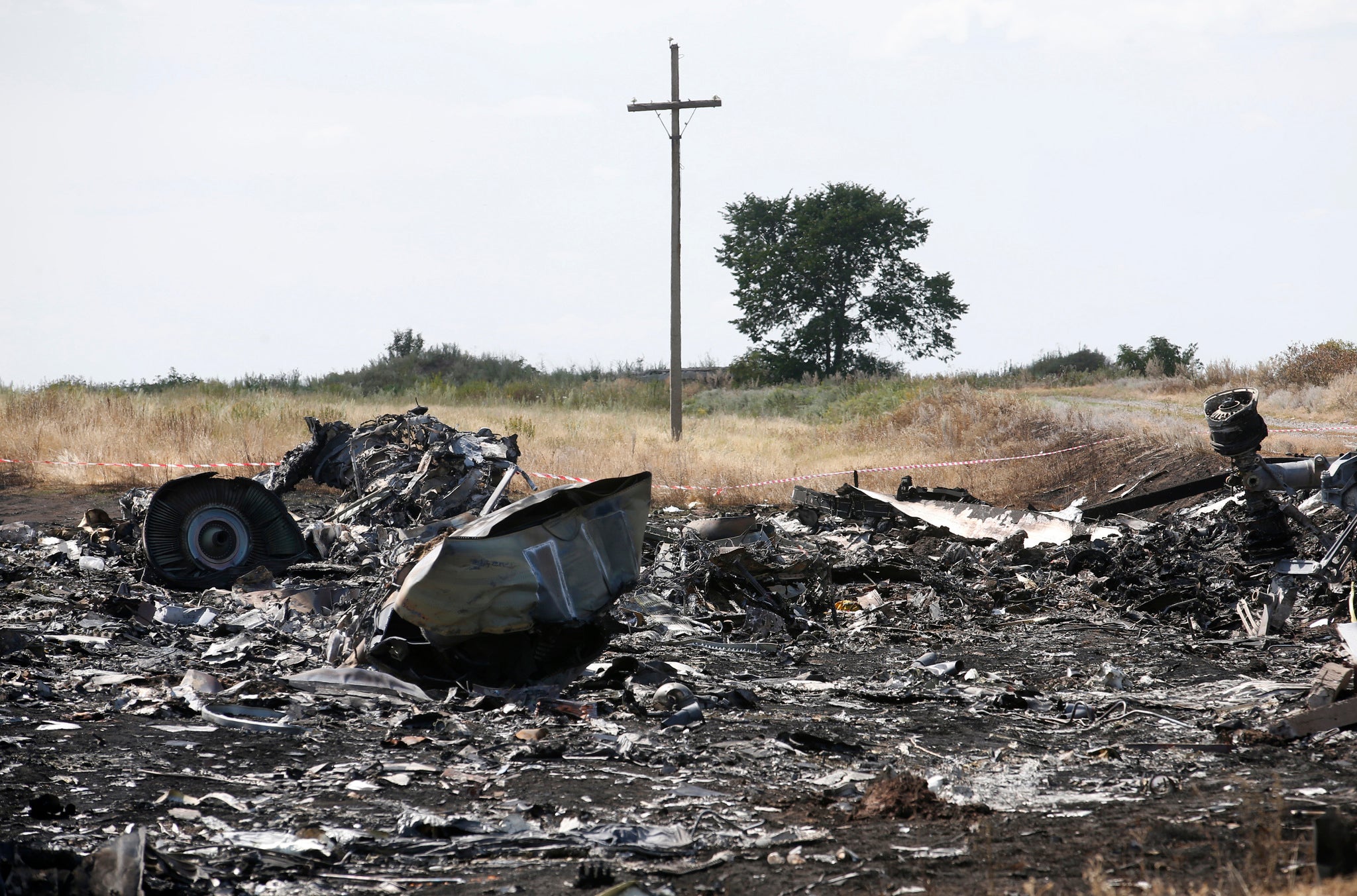How we respond to MH17 and Gaza on Twitter might be offensive, but censorship is far more deadly
When the plane crashed gratuitous violence was posted to provoke a gasp and a retweet


Facebook and Twitter are sometimes seen as news-lite platforms. A rainbow world of baby photos and cats. Not in the last month. This summer dead bodies are being plastered all over social media.
I have seen babies with their faces blown off in Gaza; children holding guns in Iraq; frothing corpses in Syria. Ukrainian women weep next to bodies in the streets. They don’t even hear the click of the camera shutter recording their pain.
Amidst this angry, desperate environment the news broke of the MH17 crash. Horrific pictures of aeroplane debris and bodies were online within minutes. Those shaping the first few hours of breaking news are often not journalists anymore; eyewitnesses are posting before reporters have even had time to reach the scene. Social media illustrates chaos without context, and without any recourse to media ethics. Pictures of passports were posted, clearly identifying the victims of the crash before their families had been notified.
Video: The Independent's Oliver Wright discusses European response to MH17 tragedy
Many people found Twitter’s immediate reaction to the crash intrusive and disturbing, and self-serving in a far more painful way than pictures that have been shared of the Middle East. But why? Is one photo of a corpse really that different to another? Does Twitter find pictures of dead Arab children less unsettling than the pictures of Western bodies because more people can more easily imagine their own families in a plane crash?
That may not be a fair assessment. It may be that there simply better justification for posting graphic pictures of Gaza compared with those of the plane crash. As Robert Fisk argues, “a creeping and cowardly culture of avoiding death on television is taking possession of the namby-pamby girls and boys who decide what we should, and should not, see of war, a practice that has very grave political implications.”
Perhaps it is consent that is the real difference between the pictures of Gaza and MH17. While it is assumed that Palestinian families consent to pictures of their dead being used to show their pain to provoke some reaction, no one asked the families those who died in a field in Eastern Ukraine. We don't like to imagine our own loved ones been treated with so little respect. While Syrians want the world to share their outrage at dozens of their dead children lying pale on a makeshift mortuary floor, other families may rather grieve more privately.
Yet if understanding the grotesque reality of violence is the justification for posting pictures of Gaza and Syria then it can also be also be applied to MH17. These passengers are the victims of conflict between the Kremlin and Ukraine. This event has huge international ramifications and the outrage provoked by the horror of it all has a role to play.
Perhaps what we really find ugly in the way Twitter responded to MH17 is the suspicion that people are using pictures of dead bodies to boost their own followings. Humanitarian concerns justify sharing pictures of dead Palestinians, yet when MH17 crashed gratuitous violence was posted to provoke a gasp and a retweet.
But probe a little further into the way people are behaving online, and the same behaviour is happening with pictures of Gaza. People are sharing pictures of ‘Gaza’ that were actually taken in Syria, which are in turn reposted as if they were from Iraq. Analysis by Abdirahim Saeed of BBC Arabic found that some pictures of violence circulating on the #gazaunderattack thread were actually recycled images from as long ago as 2007.
It's not really surprising that the same species that can blow up children will use pictures of the corpses to further their own social following. Humans aren’t the best breed. Yet in spite of all of this, picturing the horror of war zones is important, as long as it is being balanced with sensitivity to those families involved. While pictures of dead bodies may offend people, they won’t increase the death toll. Censorship is far more deadly.
The speed of social media demands we reassess what is moral to post in the midst of breaking news. This conversation needs to be had between more than just journalists. It should interest everyone who shares on social media. There are problems with Twitter and Facebook policing our posts, so it is far more savoury that we make these decisions ourselves. Perhaps the best thing to do for now is to think before you post.
Join our commenting forum
Join thought-provoking conversations, follow other Independent readers and see their replies
Comments